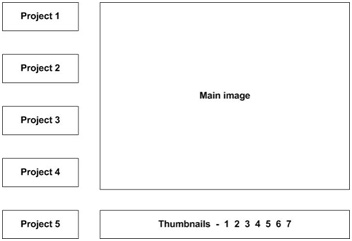Filters and blends are two of the exciting new features that are available in Flash Professional 8. You’ve probably seen both of these features in software packages like Fireworks and Photoshop and both can be used to create special effects in your movies. This article will cover the filters that you can use in Flash Professional. In the next article, I’ll look at working with blend modes. Later articles will show you how to work with these features using ActionScript.
Flash Professional 8 includes seven filters: Drop Shadow, Blur, Glow, Bevel, Gradient Glow, Gradient Bevel and Adjust Color. I’ll cover these filters in detail within this article. We’ll work through some examples so you can see how you might use these filters in your work.
In addition, there are three other filters that are available only through ActionScript - Convolution, ColorMatrix and DisplacementMap. You’ll find out more about those filters in a later article.
You’ll need a copy of Flash Professional 8 to see the filters covered in this article. You can download a trial version of the software from the Macromedia Web site.
Download the source files for the tutorial from the blue Properties box that contains the article PDF. There's a heading titled Code Download and you can click the Details link next to it to get the zip file. The download includes the starter files you'll need as well as the completed files.
Note: If you have difficulties downloading the source files or PDF, you might have a problem with your cookies. Delete the cookies from your machine and try again. In Internet Explorer, you can do this by choosing Tools > Internet Options... and clicking the Delete Cookies... button on the General tab.
Read More 